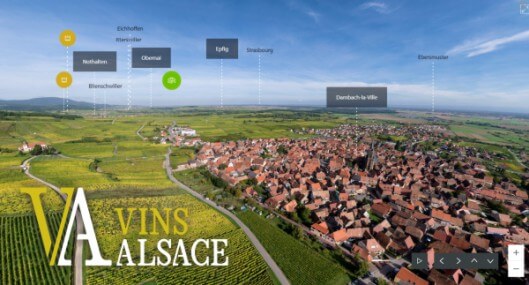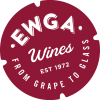Today we are heading to northeastern France to learn a little bit about Alsace, a wine region with plenty of history behind it. This region produces just over 100 million litres of wine each year, of which around 90% is white wine. The region is perhaps best known for their ‘Dry Riesling’, a variety which accounts for almost a quarter of the region’s grapes grown.
Alsace has a long winemaking tradition going all the way back to Roman times. At the beginning of the new era, emperor Augustus ordered a town to be built in the current location of Alsace’s capital – Strasbourg. The town had an excellent strategic position thanks to the Rhine river and served as a Roman military outpost in its early existence. The emergence of the Roman legions meant that grapevines were planted on the sunny hillsides. These vines produced great wine and large scale wine growing started. This was continued over the next two millennia by Germanic and Franco people.
In the more recent history, the area changed hands between France and Germany which reflects in the grape varieties and wine-making tradition. The soil of the region offers extreme diversity. Alsace’s distinct climate offers the alternation of hot days and chilly nights during the autumn – ideal conditions for slow and steady grape ripening. The emphasis for Alsacian wines are expressive aromas, rich textures and full flavour. In addition to Riesling, Alsace produces a lot of Pinot Blanc, Pinot Gris and Gewurtztraminer. Red and rose wines are mostly from Pinot Noir grapes, and there is a growing number of sparkling Crémant d’Alsace produced every year.
An interesting fact about Alsace wine is that the bottle shape is regulated by law – at least for the Alsace AOC white wines, which must be bottled in flutes. The bottle is generally taller and thinner than most other wine bottles. The shape is now synonymous with Gewurtztraminer, Pinot Gris and of course Rieslings worldwide. Initially, the bottle shape choice was a matter of economics, as most of the Alsatian wine travelled on smooth-sailing barges along the Rhine river. Therefore, the bottle did not need to be as strong and its shape allowed for more efficient packaging.
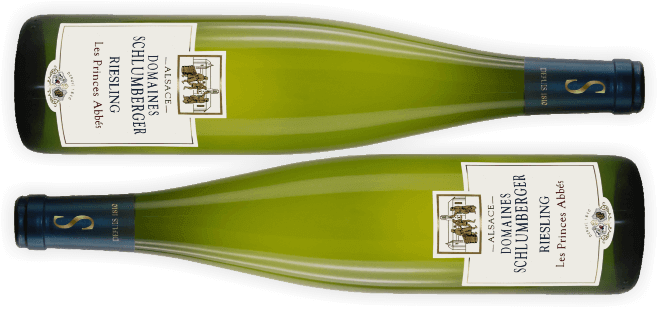
Vins Alsace’s official website offers great information if you wanted to learn more. Moreover, the website boasts one of the best interactive maps in the world of wine. Beautiful, high definition aerial view of the wine-growing Alsace and incredible 360° photography accompanied by information on producers, villages and more. Check it out here: https://www.vinsalsace.com/en/carte/
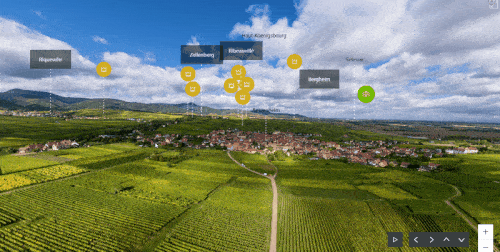
Our winemakers in Alsace are Domaine Schlumberger, a family passionate and dedicated to winemaking for over 200 years! Check out the beautiful birds-eye view of the countryside they cultivate and how they themselves describe Alsace and their winemaking in videos below.
Their wines showcase the best of this region — which boasts some of the best growing conditions in France. The vineyard itself was originally maintained by the monks of a monastery nearby — it is from this history that Domaines Schlumberger named one of their wine ranges ‘Les Princes Abbés’.
Bordeaux will be our next stop on our ‘Learning with EWGA Wines’ series. See you next Monday!
